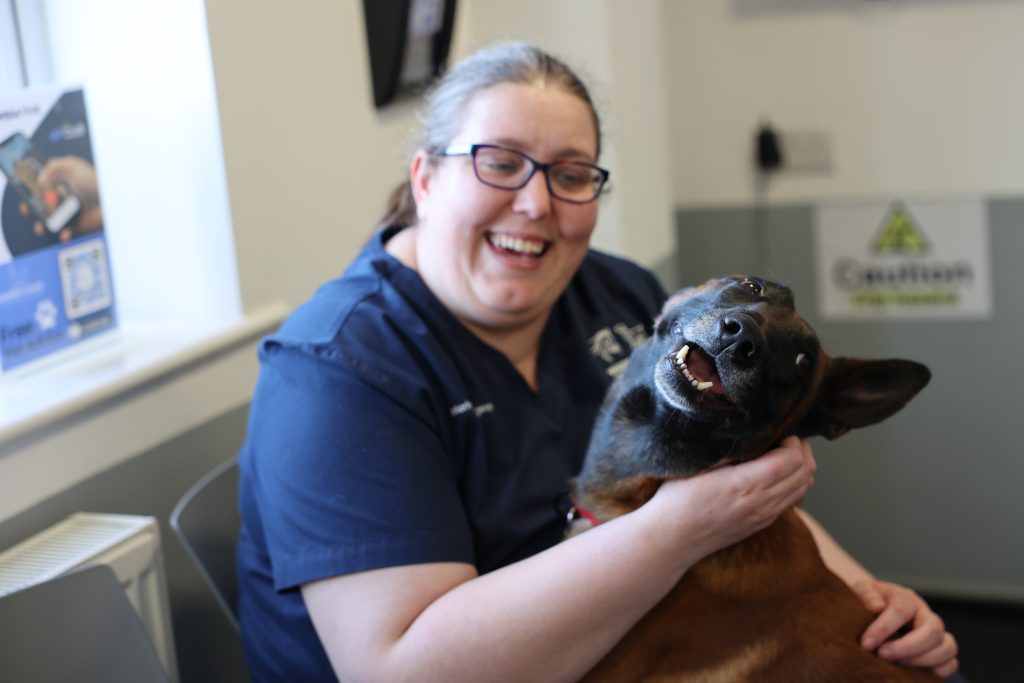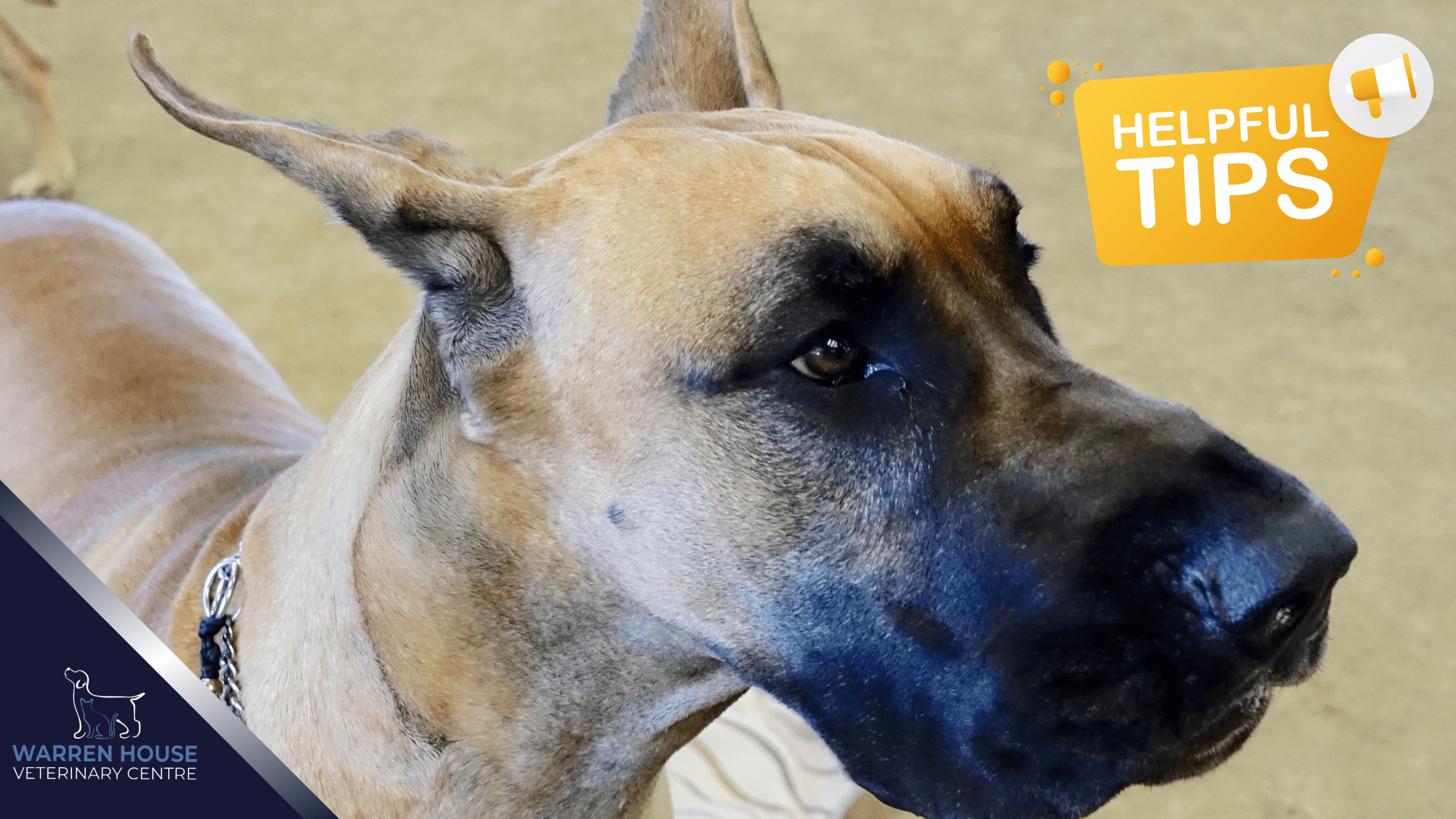Balancing Benefits and Health Considerations
Neutering, the surgical removal of a dog’s reproductive organs, is a common practice that offers numerous benefits. However, when it comes to large breed dogs, the timing of this procedure is crucial and can significantly impact their long-term health and well-being. In this blog, we’ll explore the optimal timing for neutering large dogs, the benefits, and the considerations that should guide your decision.
Understanding The Importance Of Timing
Large breed dogs, such as Great Danes, German Shepherds, and Labrador Retrievers, have different growth patterns compared to smaller breeds. They mature more slowly and have unique health risks that must be considered when planning for neutering. The timing of neutering can influence various aspects of their health, including:
- Growth and Development: Early neutering can interfere with the closure of growth plates in large breed dogs, potentially leading to joint disorders and abnormal growth patterns.
- Orthopaedic Health: Conditions like hip dysplasia and cranial cruciate ligament (CCL) injuries are more common in large dogs, and early neutering can increase the risk of these issues.
- Cancer Risks: Some studies suggest a link between early neutering and an increased risk of certain cancers, such as osteosarcoma (bone cancer) and hemangiosarcoma, in large breeds.

Optimal Timing for Neutering Large Dogs
We generally recommend waiting until a large breed dog is fully grown before neutering. This typically means:
- Male dogs: around 18–24 months of age. Waiting allows for proper hormonal development, which supports healthy bone and joint development.
- Female dogs: Similar timing is often recommended. However, some veterinarians may advise spaying before the first heat cycle to reduce the risk of mammary tumours.
Benefits Of Neutering Large Dogs
Despite the need for careful timing, the benefits of neutering large dogs are significant:
- Population Control: Neutering prevents unwanted litter, reducing the number of homeless and abandoned dogs.
- Behavioural Benefits: Neutered dogs are less likely to exhibit undesirable behaviours such as marking territory, roaming, and aggression.
- Reduced Risk of Certain Cancers: Neutering eliminates the risk of testicular cancer in males and reduces the likelihood of uterine and ovarian cancers in females.
- Prostate Health: In males, neutering reduces the risk of benign prostatic hyperplasia and prostate infections.

Making the Decision: Consultation and Individual Assessment
The decision of when to neuter your large breed dog should be made in consultation with your veterinarian, taking into account:
- Breed and Size: Different breeds have varying growth rates and health considerations.
- Health Status: Any existing health issues or genetic predispositions should be considered.
- Lifestyle and Environment: The dog’s activity level, living situation, and potential exposure to other dogs can influence the timing decision.
Personalised Care for Optimal Health
Neutering large dogs requires a balanced approach that considers the unique needs and risks associated with their size and breed. By waiting until your dog is fully grown and consulting with your veterinarian, you can maximize the benefits of neutering while minimizing potential health risks.
At our facility, we are passionate about providing comprehensive care for large breed dogs. Our team is equipped with the knowledge and tools to ensure your pet receives the best possible care before, during, and after neutering.

We hope you found this article helpful, until next time…

